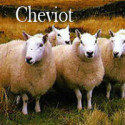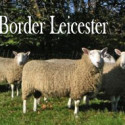The breed takes its name from the old town of Clun and the surrounding forests. It is situated in the southwest corner of Shropshire and is bordered by Montgomeryshire and Radnorshire. At the beginning of the 19th century there were 12,000 acres of common land in this area. The greater part of this land rose… Continue Reading










